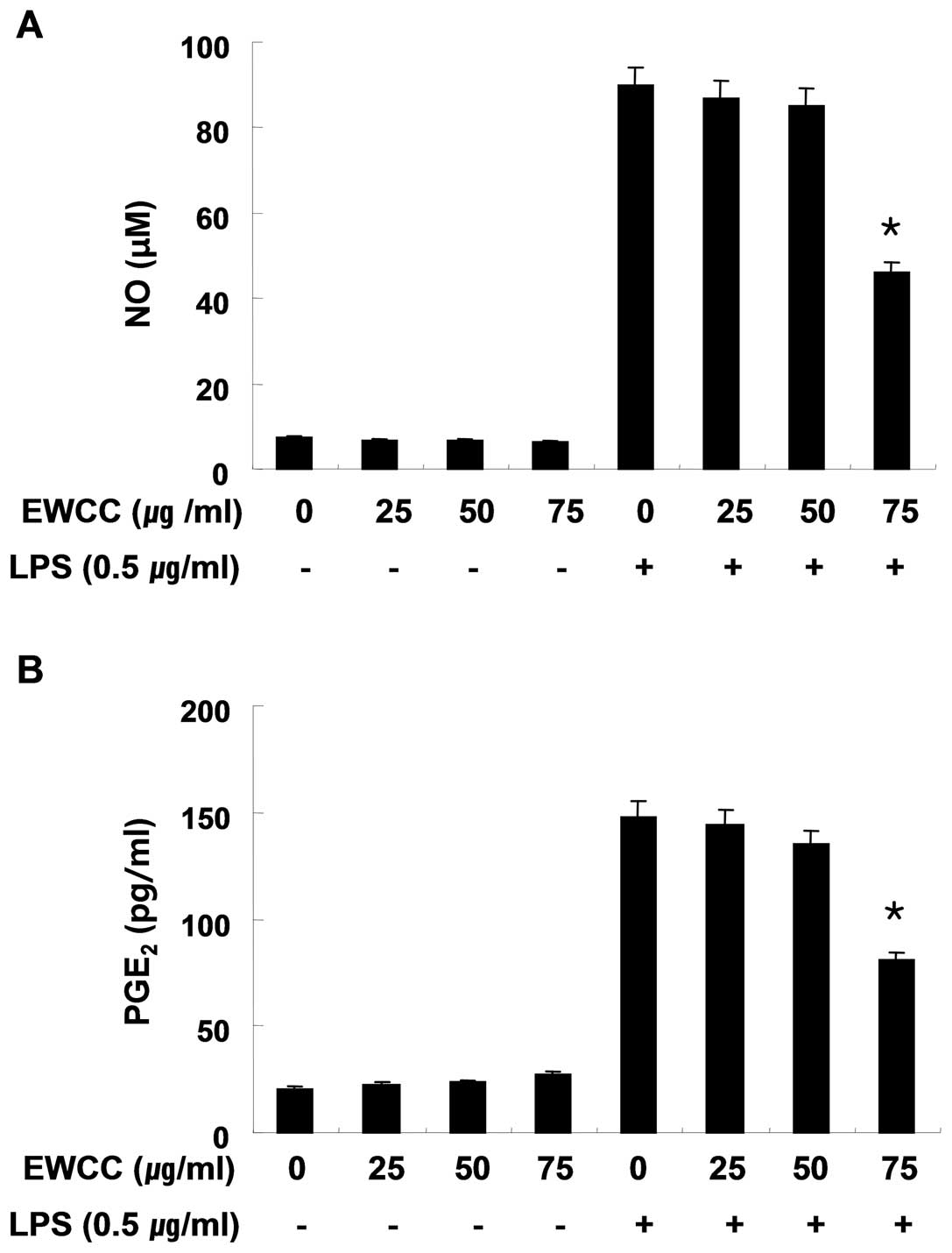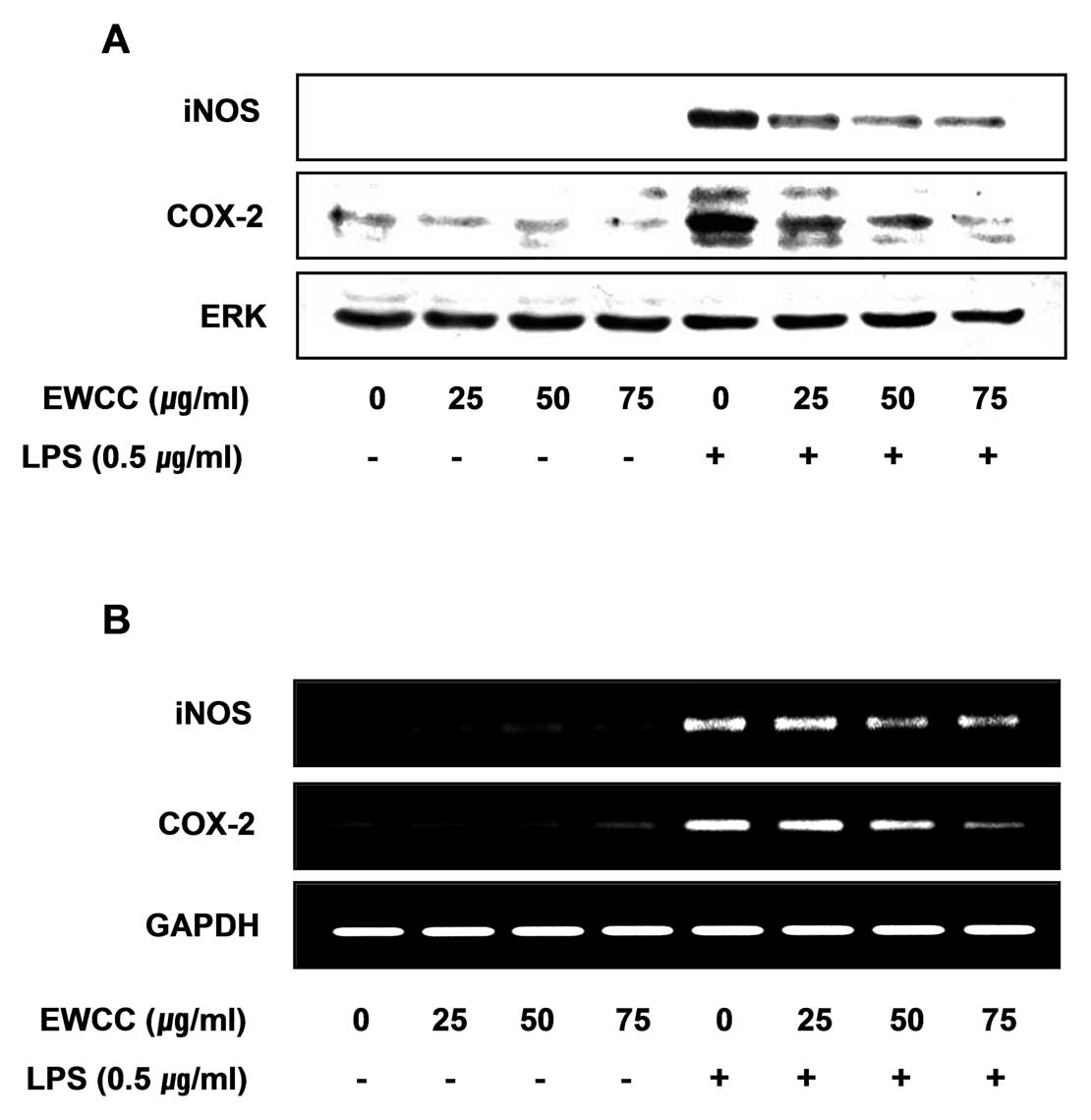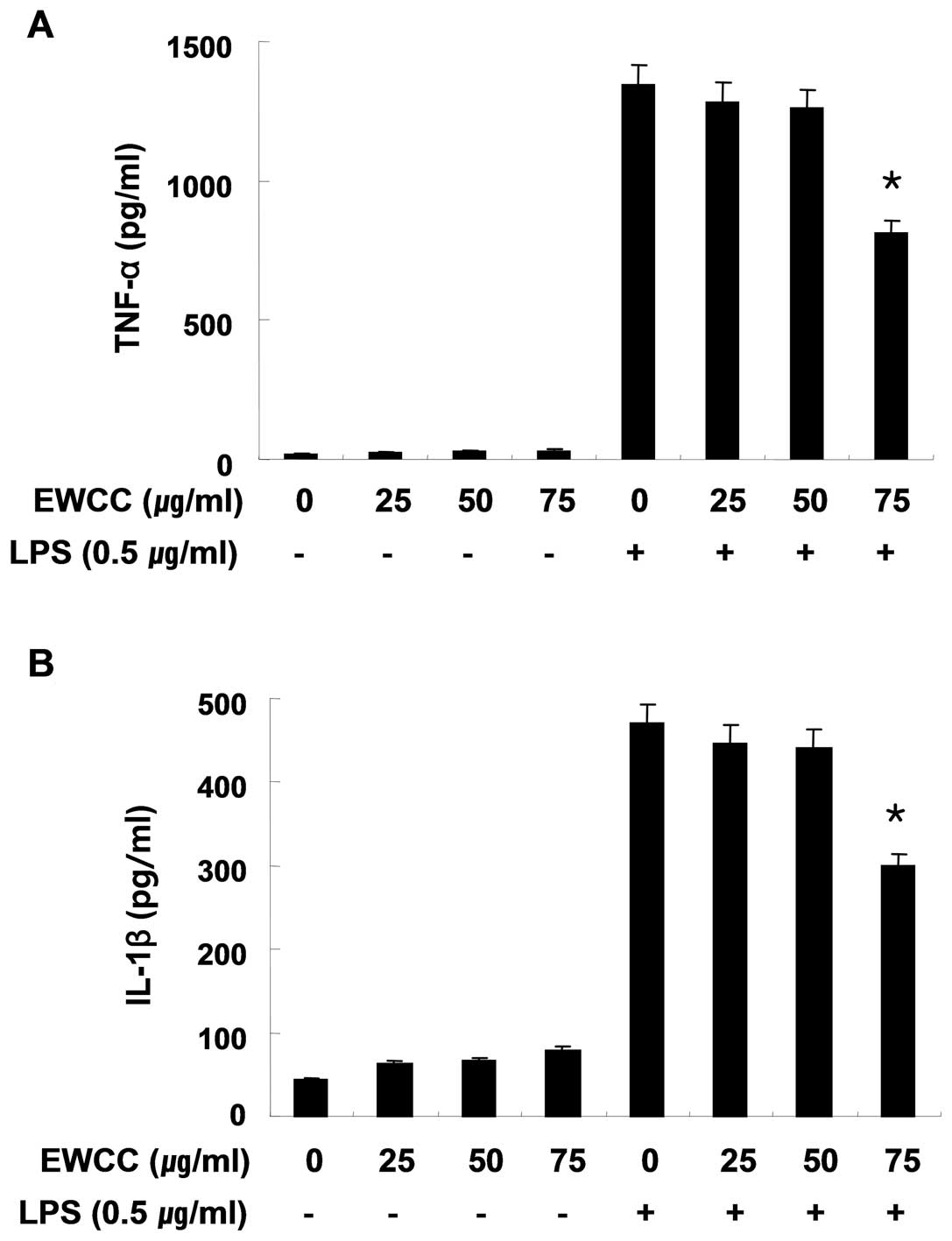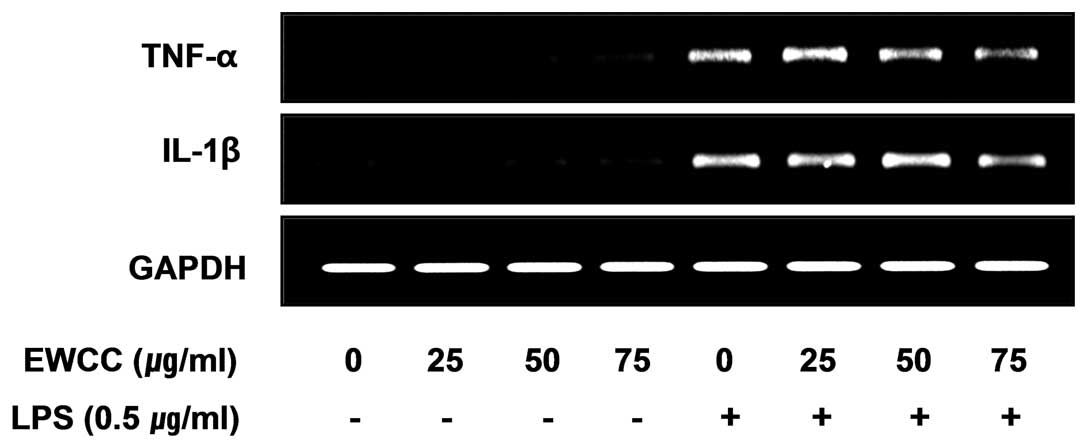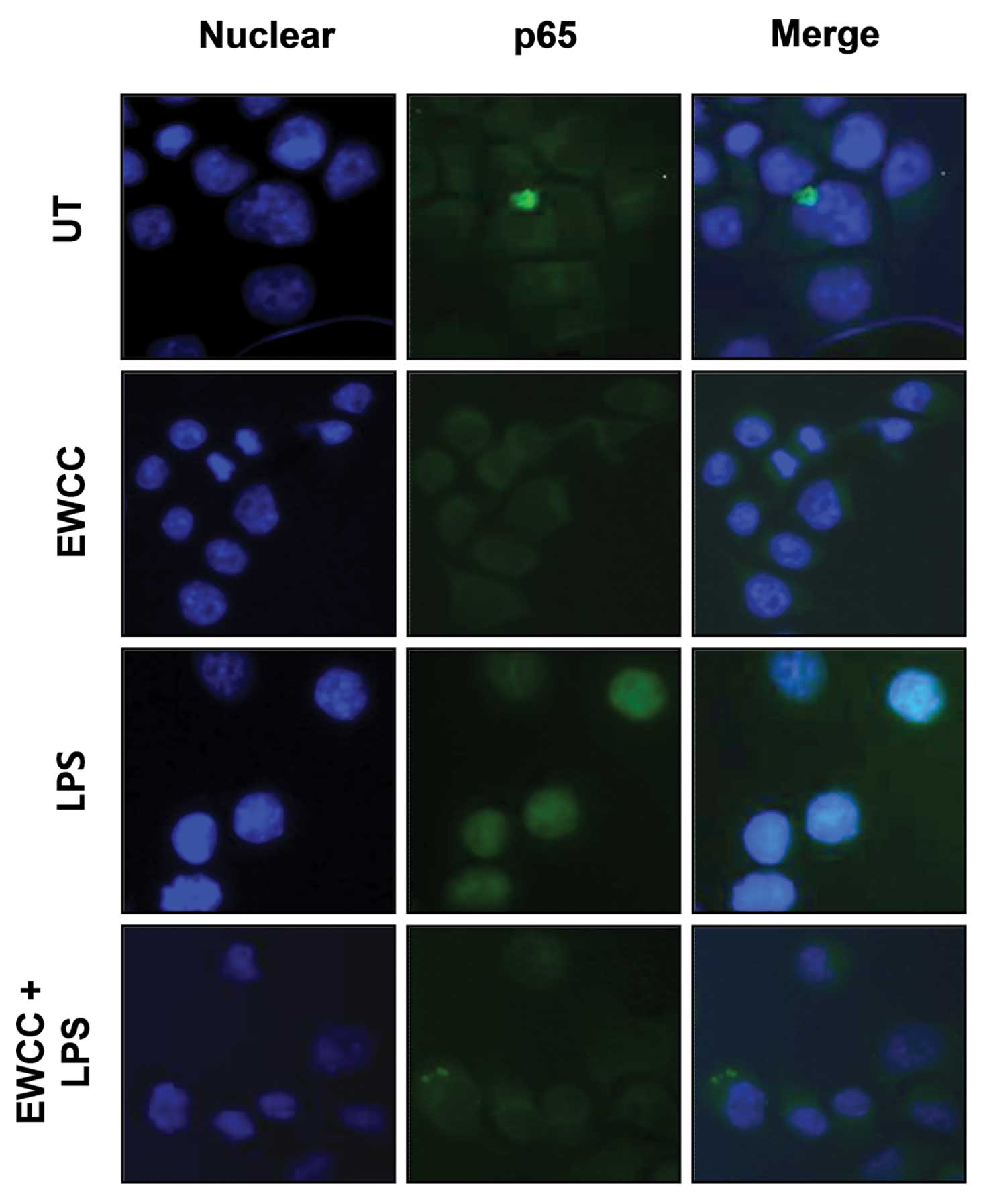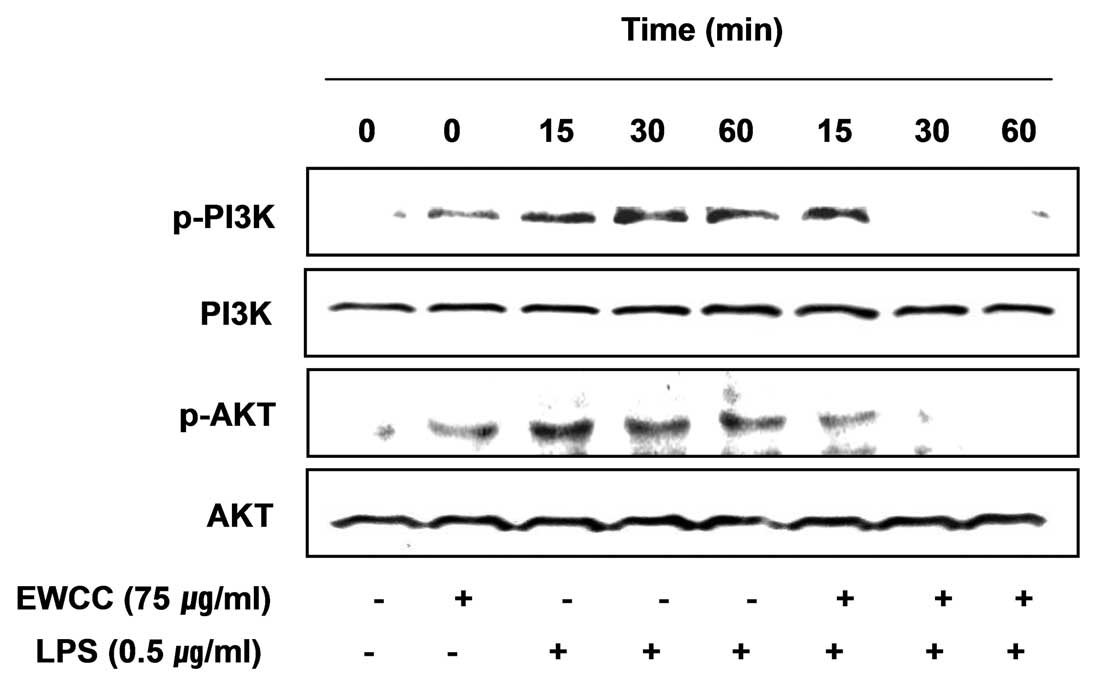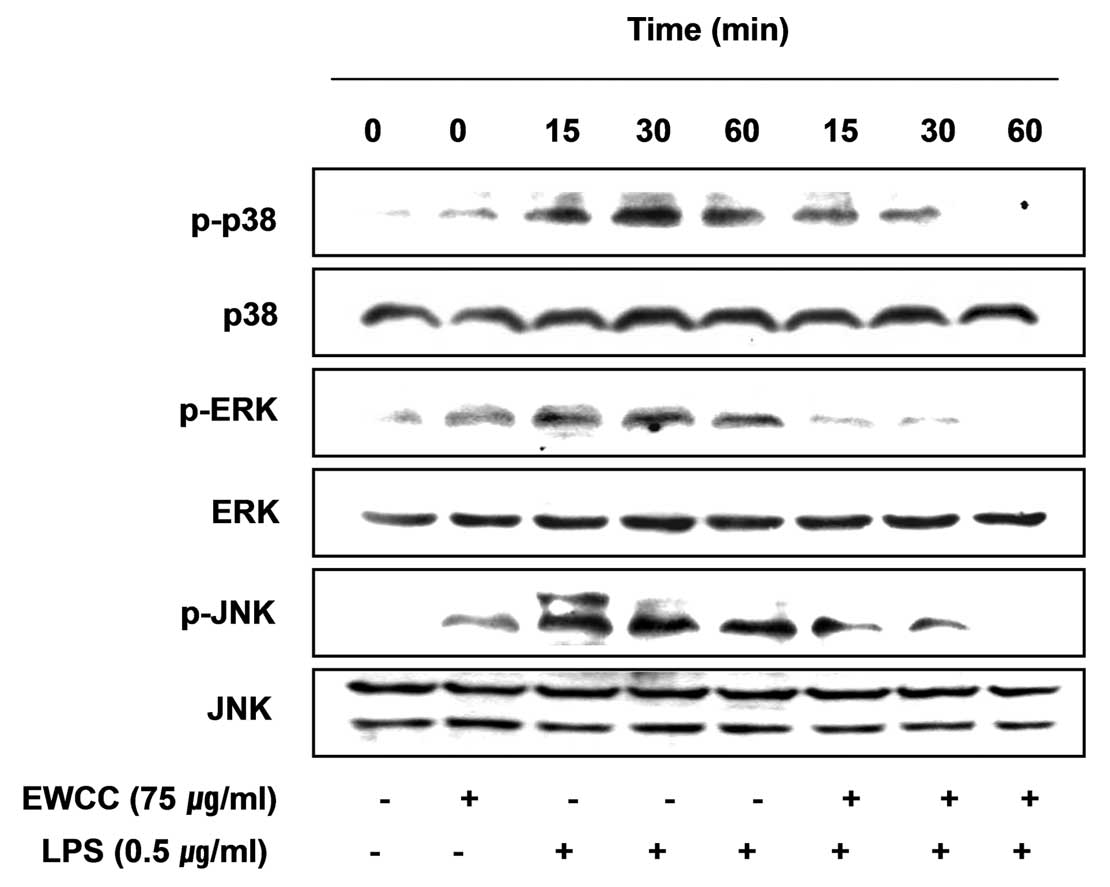|
1
|
Bielory L, Chiaramonte L, Ehrlich P and
Field J: Alternative treatment for allergy and asthma. J Asthma.
40(Suppl): S47–S53. 2003.
|
|
2
|
Enrico P, Sirca D and Mereu M:
Antioxidants, minerals, vitamins, and herbal remedies in tinnitus
therapy. Prog Brain Res. 166:323–330. 2007. View Article : Google Scholar : PubMed/NCBI
|
|
3
|
Olaku O and White JD: Herbal therapy use
by cancer patients: a literature review on case reports. Eur J
Cancer. 47:508–514. 2011. View Article : Google Scholar : PubMed/NCBI
|
|
4
|
Nordstrom DK and Alpers CN: Negative pH,
efflorescent mineralogy, and consequences for environmental
restoration at the Iron Mountain Superfund site, California. Proc
Natl Acad Sci USA. 96:3455–3462. 1999. View Article : Google Scholar : PubMed/NCBI
|
|
5
|
Latshaw JD and Osman M: Distribution of
selenium in egg white and yolk after feeding natural and synthetic
selenium compounds. Poult Sci. 54:1244–1252. 1975. View Article : Google Scholar : PubMed/NCBI
|
|
6
|
White HB III: Vitamin-binding proteins in
the nutrition of the avian embryo. J Exp Zool (Suppl). 1:53–63.
1987.PubMed/NCBI
|
|
7
|
Stevens L: Egg white proteins. Comp
Biochem Physiol B. 100:1–9. 1991.
|
|
8
|
Jacobs K, Shen L, Benemariya H and
Deelstra H: Selenium distribution in egg white proteins. Z Lebensm
Unters Forsch. 196:236–238. 1993. View Article : Google Scholar : PubMed/NCBI
|
|
9
|
Yamasaki K, Kajimura K, Nakano M, Yokoyama
H, Yoneda K and Umezawa C: Effects of preparations of Chinese
medicinal prescriptions on digestive enzymes in vitro and in vivo.
Biol Pharm Bull. 21:133–139. 1998. View Article : Google Scholar : PubMed/NCBI
|
|
10
|
Choi EA, Kim KH, Yoo BC and Yoo HS:
Induction of apoptotic cell death by egg white
combined-chalcanthite on NCI-H460 human lung cancer cells. J Korean
Pharmacopuncture Inst. 12:49–59. 2009.(In Korean).
|
|
11
|
Perry VH and Gordon S: Macrophages and
microglia in the nervous system. Trends Neurosci. 11:273–277. 1988.
View Article : Google Scholar : PubMed/NCBI
|
|
12
|
Zielasek J and Hartung HP: Molecular
mechanisms of microglial activation. Adv Neuroimmunol. 6:191–222.
1996. View Article : Google Scholar
|
|
13
|
Block ML, Zecca L and Hong JS:
Microglia-mediated neurotoxicity: uncovering the molecular
mechanisms. Nat Rev Neurosci. 8:57–69. 2007. View Article : Google Scholar : PubMed/NCBI
|
|
14
|
Rankine EL, Hughes PM, Botham MS, Perry VH
and Felton LM: Brain cytokine synthesis induced by an
intraparenchymal injection of LPS is reduced in MCP-1-deficient
mice prior to leucocyte recruitment. Eur J Neurosci. 24:77–86.
2006. View Article : Google Scholar : PubMed/NCBI
|
|
15
|
Lynch MA: The multifaceted profile of
activated microglia. Mol Neurobiol. 40:139–156. 2009. View Article : Google Scholar : PubMed/NCBI
|
|
16
|
Gonzalez-Scarano F and Baltuch G:
Microglia as mediators of inflammatory and degenerative diseases.
Annu Rev Neurosci. 22:219–240. 1999. View Article : Google Scholar : PubMed/NCBI
|
|
17
|
Wirenfeldt M, Ladeby R, Dalmau I, Banati
RB and Finsen B: Microglia - biology and relevance to disease.
Ugeskr Laeger. 167:3025–3030. 2005.(In Danish).
|
|
18
|
Garden GA and Möller T: Microglia biology
in health and disease. J Neuroimmune Pharmacol. 1:127–137. 2006.
View Article : Google Scholar : PubMed/NCBI
|
|
19
|
Eikelenboom P and van Gool WA:
Neuroinflammatory perspectives on the two faces of Alzheimer’s
disease. J Neural Transm. 111:281–294. 2004.PubMed/NCBI
|
|
20
|
Gao HM, Liu B, Zhang W and Hong JS: Novel
anti-inflammatory therapy for Parkinson’s disease. Trends Pharmacol
Sci. 24:395–401. 2003.
|
|
21
|
Liu B and Hong JS: Role of microglia in
inflammation-mediated neurodegenerative diseases: mechanisms and
strategies for therapeutic intervention. J Pharmacol Exp Ther.
304:1–7. 2003. View Article : Google Scholar : PubMed/NCBI
|
|
22
|
Burroughs M, Cabellos C, Prasad S and
Tuomanen E: Bacterial components and the pathophysiology of injury
to the blood-brain barrier: does cell wall add to the effects of
endotoxin in gram-negative meningitis? J Infect Dis. 165(Suppl 1):
S82–S85. 1992. View Article : Google Scholar : PubMed/NCBI
|
|
23
|
Jung WK, Lee DY, Park C, Choi YH, Choi I,
Park SG, Seo SK, Lee SW, Yea SS, Ahn SC, Lee CM, Park WS, Ko JH and
Choi IW: Cilostazol is anti-inflammatory in BV2 microglial cells by
inactivating nuclear factor-kappaB and inhibiting mitogen-activated
protein kinases. Br J Pharmacol. 159:1274–1285. 2010. View Article : Google Scholar : PubMed/NCBI
|
|
24
|
Baldwin AS Jr: The NF-kappa B and I kappa
B proteins: new discoveries and insights. Annu Rev Immunol.
14:649–683. 1996. View Article : Google Scholar : PubMed/NCBI
|
|
25
|
Lee SJ and Lee S: Toll-like receptors and
inflammation in the CNS. Curr Drug Targets Inflamm Allergy.
1:181–191. 2002. View Article : Google Scholar : PubMed/NCBI
|
|
26
|
Harari OA and Liao JK: NF-κB and innate
immunity in ischemic stroke. Ann NY Acad Sci. 1207:32–40. 2010.
|
|
27
|
Sarkar FH, Li Y, Wang Z and Kong D:
NF-kappaB signaling pathway and its therapeutic implications in
human diseases. Int Rev Immunol. 27:293–319. 2008. View Article : Google Scholar : PubMed/NCBI
|
|
28
|
Mankan AK, Lawless MW, Gray SG, Kelleher D
and McManus R: NF-kappaB regulation: the nuclear response. J Cell
Mol Med. 13:631–643. 2009. View Article : Google Scholar : PubMed/NCBI
|
|
29
|
Lee YH, Jeon SH, Kim SH, Kim C, Lee SJ,
Koh D, Lim Y, Ha K and Shin SY: A new synthetic chalcone
derivative, 2-hydroxy-3′,5,5′-trimethoxychalcone (DK-139),
suppresses the Toll-like receptor 4-mediated inflammatory response
through inhibition of the Akt/NF-κB pathway in BV2 microglial
cells. Exp Mol Med. 44:369–377. 2012.PubMed/NCBI
|
|
30
|
Lee SH, Kim DW, Back SS, Hwang HS, Park
EY, Kang TC, Kwon OS, Park JH, Cho SW, Han KH, Park J, Eum WS and
Choi SY: Transduced Tat-Annexin protein suppresses
inflammation-associated gene expression in lipopolysaccharide
(LPS)-stimulated Raw 264.7 cells. BMB Rep. 44:484–489. 2011.
View Article : Google Scholar : PubMed/NCBI
|
|
31
|
Madrid LV, Wang CY, Guttridge DC,
Schottelius AJ, Baldwin AS Jr and Mayo MW: Akt suppresses apoptosis
by stimulating the transactivation potential of the RelA/p65
subunit of NF-kappaB. Mol Cell Biol. 20:1626–1638. 2000. View Article : Google Scholar : PubMed/NCBI
|
|
32
|
Wei J and Feng J: Signaling pathways
associated with inflammatory bowel disease. Recent Pat Inflamm
Allergy Drug Discov. 4:105–117. 2010. View Article : Google Scholar : PubMed/NCBI
|
|
33
|
Kim SH, Smith CJ and Van Eldik LJ:
Importance of MAPK pathways for microglial pro-inflammatory
cytokine IL-1 beta production. Neurobiol Aging. 25:431–439. 2004.
View Article : Google Scholar : PubMed/NCBI
|
|
34
|
Zhang Y and Dong C: Regulatory mechanisms
of mitogen-activated kinase signaling. Cell Mol Life Sci.
64:2771–2789. 2007. View Article : Google Scholar : PubMed/NCBI
|
|
35
|
Kreutzberg GW: Microglia: a sensor for
pathological events in the CNS. Trends Neurosci. 19:312–318. 1996.
View Article : Google Scholar : PubMed/NCBI
|
|
36
|
Ohshima H and Bartsch H: Chronic
infections and inflammatory processes as cancer risk factors:
possible role of nitric oxide in carcinogenesis. Mut Res.
305:253–264. 1994. View Article : Google Scholar : PubMed/NCBI
|
|
37
|
Murphy S: Production of nitric oxide by
glial cells: regulation and potential roles in the CNS. Glia.
29:1–13. 2000. View Article : Google Scholar : PubMed/NCBI
|
|
38
|
Zekry D, Epperson TK and Krause KH: A role
for NOX NADPH oxidases in Alzheimer’s disease and other types of
dementia? IUBMB Life. 55:307–313. 2003.
|
|
39
|
Brown GC and Bal-Price A: Inflammatory
neurodegeneration mediated by nitric oxide, glutamate, and
mitochondria. Mol Neurobiol. 27:325–355. 2003. View Article : Google Scholar : PubMed/NCBI
|
|
40
|
Minghetti L: Cyclooxygenase-2 (COX-2) in
inflammatory and degenerative brain diseases. J Neuropathol Exp
Neurol. 63:901–910. 2004.PubMed/NCBI
|
|
41
|
St-Onge M, Flamand N, Biarc J, Picard S,
Bouchard L, Dussault AA, Laflamme C, James MJ, Caughey GE, Cleland
LG, Borgeat P and Pouliot M: Characterization of prostaglandin
E2 generation through the cyclooxygenase (COX)-2 pathway
in human neutrophils. Biochim Biophys Acta. 1771:1235–1245.
2007.
|
|
42
|
Kawano T, Anrather J, Zhou P, Park L, Wang
G, Frys KA, Kunz A, Cho S, Orio M and Iadecola C: Prostaglandin
E2 EP1 receptors: downstream effectors of COX-2
neurotoxicity. Nat Med. 12:225–229. 2006.
|
|
43
|
Hewett SJ, Uliasz TF, Vidwans AS and
Hewett JA: Cyclooxygenase-2 contributes to
N-methyl-D-aspartate-mediated neuronal cell death in primary
cortical cell culture. J Pharmacol Exp Ther. 293:417–425.
2000.PubMed/NCBI
|
|
44
|
Moon DO, Choi YH, Kim ND, Park YM and Kim
GY: Anti-inflammatory effects of beta-lapachone in
lipopolysaccharide-stimulated BV2 microglia. Int Immunopharmacol.
7:506–514. 2007. View Article : Google Scholar : PubMed/NCBI
|
|
45
|
Lee JY, Jhun BS, Oh YT, Lee JH, Choe W,
Baik HH, Ha J, Yoon KS, Kim SS and Kang I: Activation of adenosine
A3 receptor suppresses lipopolysaccharide-induced TNF-alpha
production through inhibition of PI 3-kinase/Akt and NF-kappaB
activation in murine BV2 microglial cells. Neurosci Lett. 396:1–6.
2006. View Article : Google Scholar
|















